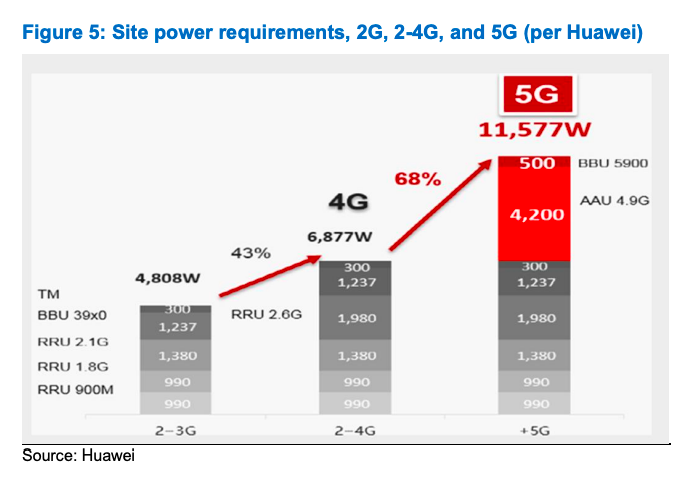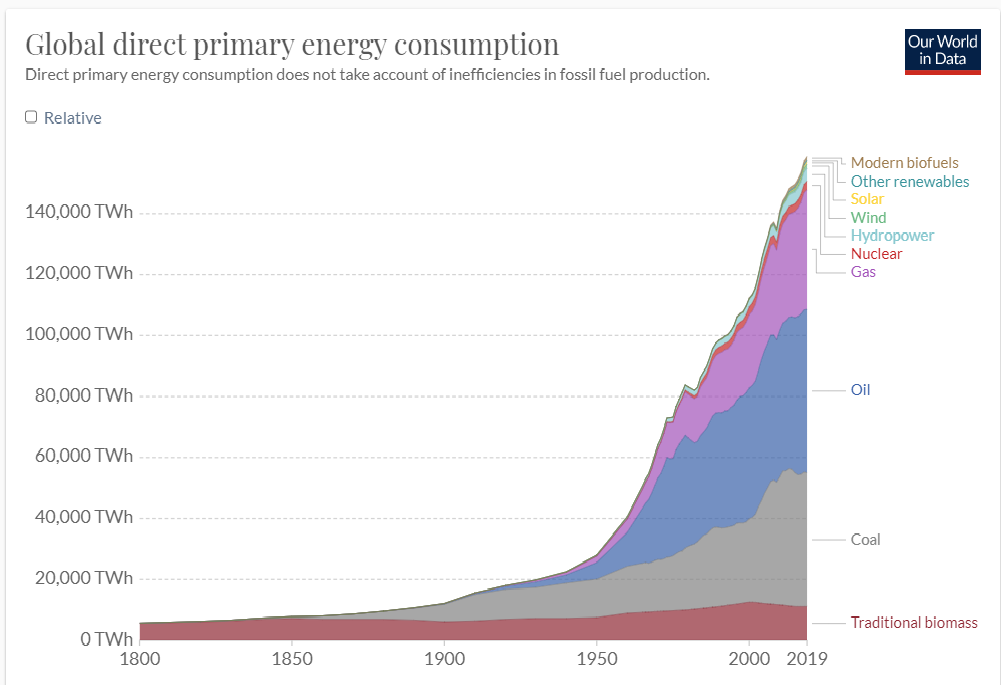
5G’s huge energy demand pushes telco companies to make energy efficiency top priority
Society is always looking for the latest advancement, the next best thing. 5G network is one of the latest and greatest advancements in the cell phone world. It promises to give a better signal and internet connection that spans farther and connects faster. According to T-Mobile’s website, they plan to increase their 5G network 14x the current capacity over the next six years, with the goal of providing 99% of Americans with 5G service. However, there is an unexpected victim in this latest advancement… the environment.
5G networks consume twice as much energy

Currently, 5G network bases require 70% more energy to operate than 2G, 3G and 4G bases. That is more than double the required energy to give consumers the fast signal they desire on their cell phones. Researchers anticipate that this will result in an increase in total network energy consumption by 150-170 percent by 2026.
This huge jump in energy usage is having a negative impact on telecommunication companies bottom line. The result is these companies are rethinking the current efficiency of their product and pushing for more green, sustainable energy sources.
5G's environmental impact
With the top three countries leading the world in energy consumption also leading in cell phone usage, this could quickly become an environmental issue if more renewable energy sources are not utilized. The primary fuel sources for electricity production are natural gas and petroleum, two resources that will run out eventually. A combination of renewable energy solutions will need to be implemented to meet with the growing demand for energy from this industry alone.

Renewable energy options to help meet demand

According to the US Energy Information Administration (EIA), renewable energy sources accounted for about 11% of total U.S. energy consumption and about 17% of electricity generation in 2019. A small percentage compared to the whopping 75% that is comprised of natural gas, petroleum and coal. This just shows how much room there is to grow and enhance our power sources. An array of tested and proven renewable energy technologies are already available including:
- Wind Power
- Solar Power
- Gasification
- Hydroelectric
Wind and solar are the most popular among energy company and are being implemented at a faster rate. But a great option that eliminates organic waste forms and creates electricity is gasification. A process that converts organic matter to a versatile gas, similar to natural gas. This gas known as syngas or producer gas can power generators to create combined heat and electricity.
Gasification is currently being used to process coal with far fewer emissions. According to the EPA, “Gasification-based processes for power production characteristically result in much lower emissions of pollutants compared to conventional coal combustion.” However, the process’ ability to use a wide range of fuels means we can not stop with coal.
Commitment to sustainable solutions
There is no one solution to meeting our inevitable growth in energy consumption. However, it will take industries across the board to commit to sustainable solutions like gasification, wind, solar, etc. With that commitment, we can have our comforts and keep our world safe for future generations.




